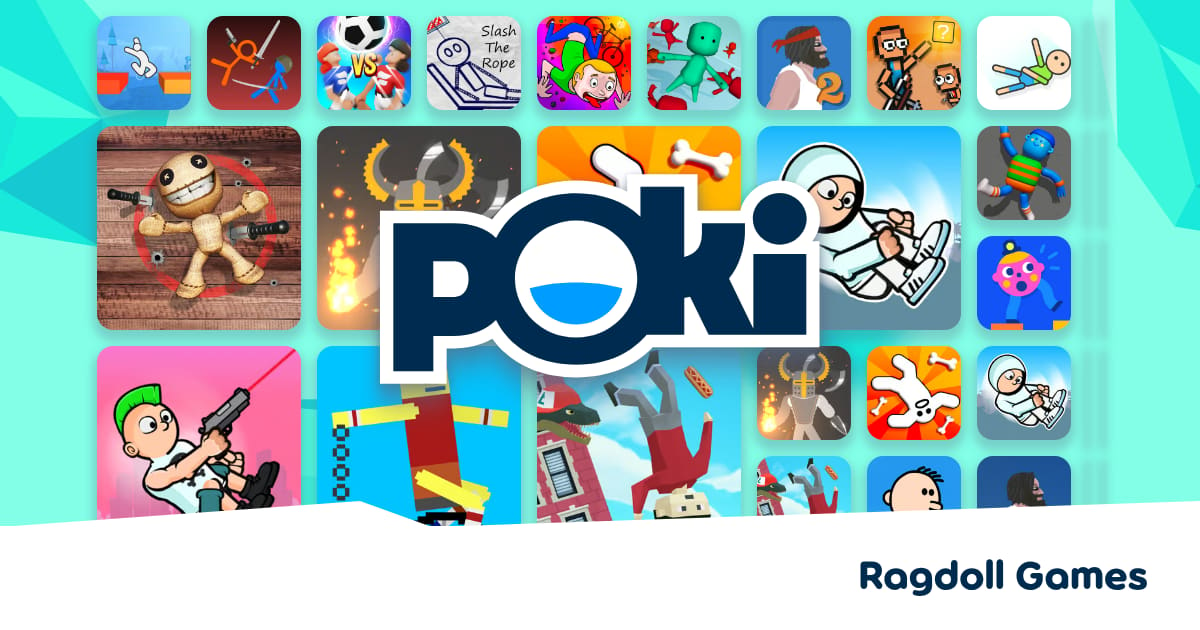Build production-ready AI game agents with LangGraph. Learn agentic RAG, vector databases, prompt engineering, LLMs & tools to create human-like characters.
The second lesson of the open-source PhiloAgents course: a free course on building gaming simulation agents that transform NPCs into human-like characters in an interactive game environment. ... Create AI agents that authentically embody historical philosophers. Master building real-world agentic applications. Architect and implement a production-ready RAG, LLM, and LLMOps system.With that in mind, we will learn how to build a character impersonation agent that can take the personality and identity of multiple philosophers, such as Plato, Aristotle, and Socrates (or other characters), which we will call a “PhiloAgent”. This technique can be applied in games to transform static NPCs into personalized experiences that adapt dynamically to your conversation. To implement our PhiloAgent, we must build an agentic RAG system that, together with careful prompt engineering, can result in astonishing characters that can almost pass the Turing test.Then, we also have the context attribute, which will be populated dynamically by the retriever tool using the agentic RAG pattern. The code from this section can be found at philoagents-api/src/philoagents/application/conversation_service/workflow · Figure 7: Architecting video game AI agents in LangGraph using Groq and MongoDBUltimately, we taught you how to build our PhiloAgent use case in LangGraph, where we had to implement an agentic RAG system that manages multiple LLM API calls, planning steps, tools, and prompt templates with the scope of creating agents that impersonate different characters such as Plato, Aristotle and Socrates.





